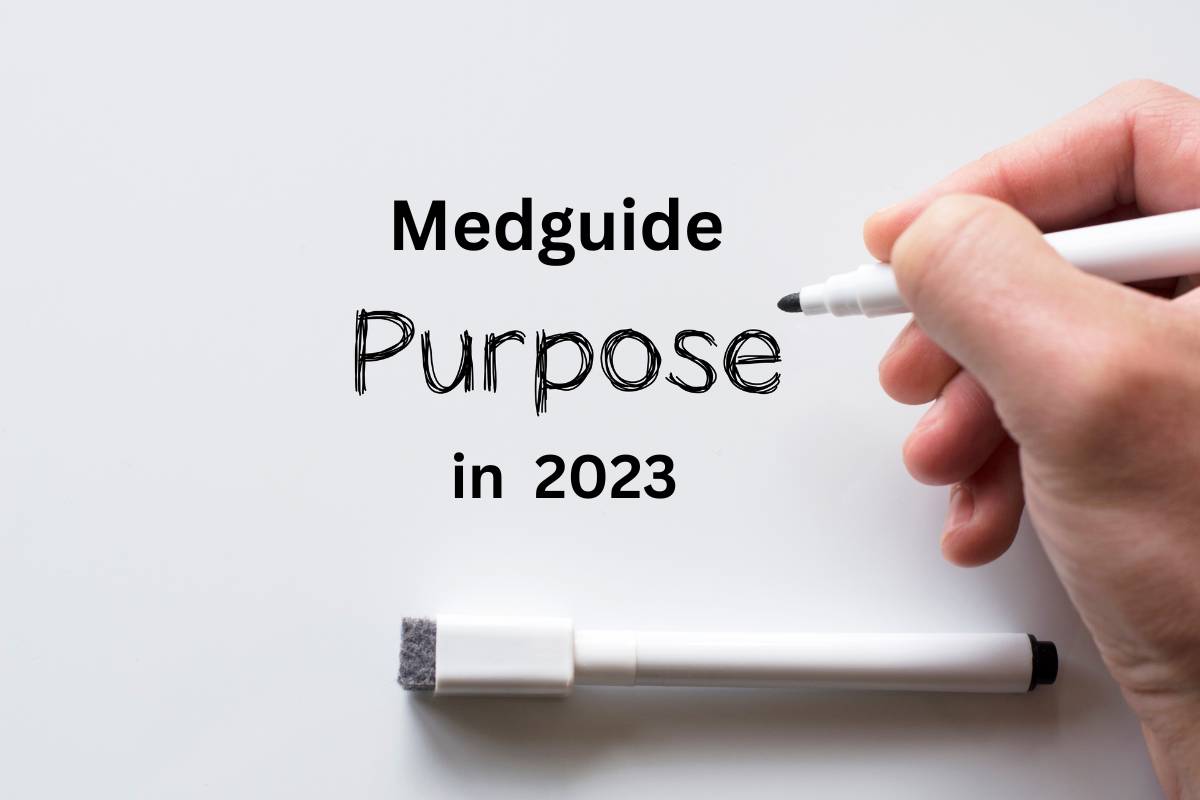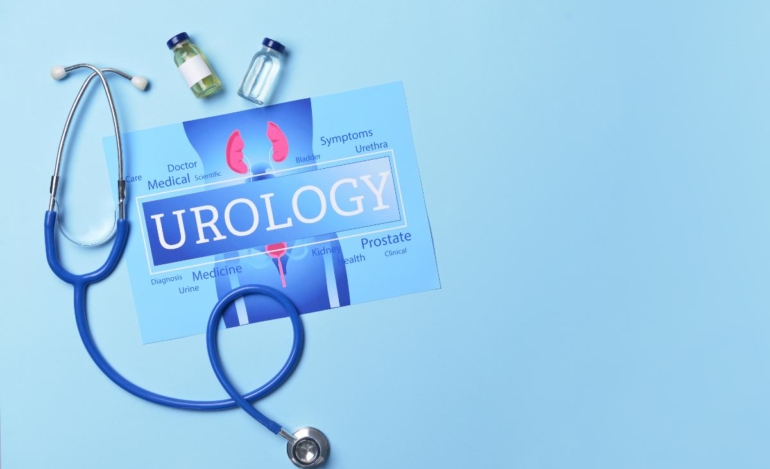The medical and healthcare industries are changing in 2023 at a rate that has never been seen before. As a result of technological breakthroughs, a growing emphasis on patient empowerment, and an increased need for easily accessible medical information, healthcare organizations and practitioners need to change with the times. The MedGuide is a valuable tool essential to patient care and is one of the main instruments in this change. The best methods for realizing MedGuides’s mission and reaching its full potential in 2023 and beyond will be discussed in this article.
Describe a MedGuide
Let’s define a MedGuide before moving on to the tactics. A Medication Guide, sometimes known as a MedGuide, is an FDA-approved booklet with some prescription drugs. Teaching patients how to take their medications safely and effectively is its primary goal. Essential details on a particular medicine, including possible dangers, advantages, side effects, and dosage instructions, are included in MedGuides.
The original intent of MedGuides has been exceeded in recent years. These days, they’re a valuable tool for raising general healthcare knowledge, strengthening medication adherence, and boosting patient education. The following are some key tactics to help MedGuides reach its full potential in 2023:
Individualized Drug Instruction
Healthcare is going to be more patient-centric in 2023. Customizing drug education is one of the best ways to fulfill MedGuide’s mission. Healthcare practitioners must customize MedGuides to each patient’s needs rather than just handing them out in generic form. It can include reading levels, preferred languages, and particular health concerns. Patients are more likely to be engaged and have a better grasp of their medication when they use personalized MedGuides.
MedGuides on Digital Accessible
Accessibility is crucial in light of the proliferation of smartphones and digital health platforms. Ensure MedGuides are readily available online. MedGuides should be sent to patients via email or text message in addition to being accessible via safe mobile apps and web portals. It encourages improved medication adherence and safety by guaranteeing that patients can consult their MedGuides with any queries or worries.
MedGuide Interactive Platforms
When it comes to communicating complex medical information, static papers are limited. Think about creating interactive MedGuide platforms in 2023. These platforms may include features like movies, quizzes, and animations to keep patients engaged and aid in their memory of crucial information regarding their medications. Patients can more confidently and efficiently assimilate information using interactive MedGuides.
Utilizing Telehealth Services in Integration
The delivery of healthcare now includes telehealth as a crucial component. During virtual visits, patients will always have access to critical medication information thanks to integrating MedGuides into telehealth platforms. By addressing queries and clarifications, medical professionals can improve the patient experience by having real-time discussions about MedGuide material with their patients.

Bilingual Medical Guides
Language problems can severely hamper communication in the healthcare industry in our increasingly multicultural society. By offering content in multiple languages, Multilingual MedGuides can close this language gap. This approach encourages diversity and guarantees that patients with various language backgrounds have equitable access to critical drug information.
Medication Education Gamification
Gamification is an effective strategy for increasing learning and engagement. Think about adding gamified components to the MedGuide software. It could involve tests, obstacles, or prizes for finishing medication-related tasks. In addition to educating patients, gamification creates a fun and memorable experience.
MedGuide Insights and Comments
Use analytics and feedback methods to gauge how well your MedGuide tactics work. Get information about patient participation, understanding, and compliance. Make constant improvements to your MedGuide content and delivery strategies with the help of this information. To meet the needs and preferences of the patient, it is also important to encourage patient feedback.
Electronic Health Record (EHR) Integration
Integrating EHR systems seamlessly is essential to the effectiveness of healthcare. Healthcare professionals can make better judgments and deliver better treatment when accessing MedGuide information within the patient’s electronic health record. Make sure that the EHR platforms can be used with your MedGuide systems.
Patient Empowerment
Shared Decision-Making Patients should be given the tools to participate in their healthcare actively. MedGuides can be used to help patients and healthcare practitioners have more talks, which will promote shared decision-making. Emphasize the advantages, drawbacks, and substitutes of drugs so patients can make decisions that suit their values and preferences.
Ongoing Education
Finally, to properly use MedGuides as a tool for patient involvement and education, healthcare providers must be trained and educated in this area. By doing this, it is ensured that MedGuides are continuously used to the fullest extent possible, which is advantageous for both patients and medical professionals.
Conclusion
MedGuides changed in 2023 from its original purpose as drug information booklets. These days, they are an effective instrument for patient empowerment, involvement, and education. Healthcare organizations and experts can fully utilize MedGuides and guarantee that patients get the information and assistance they require to properly and effectively manage their prescriptions by putting the techniques discussed in this article into practice. Adopting these tactics will be crucial to promote a patient-centered approach to healthcare and improve patient outcomes as the healthcare landscape changes.




